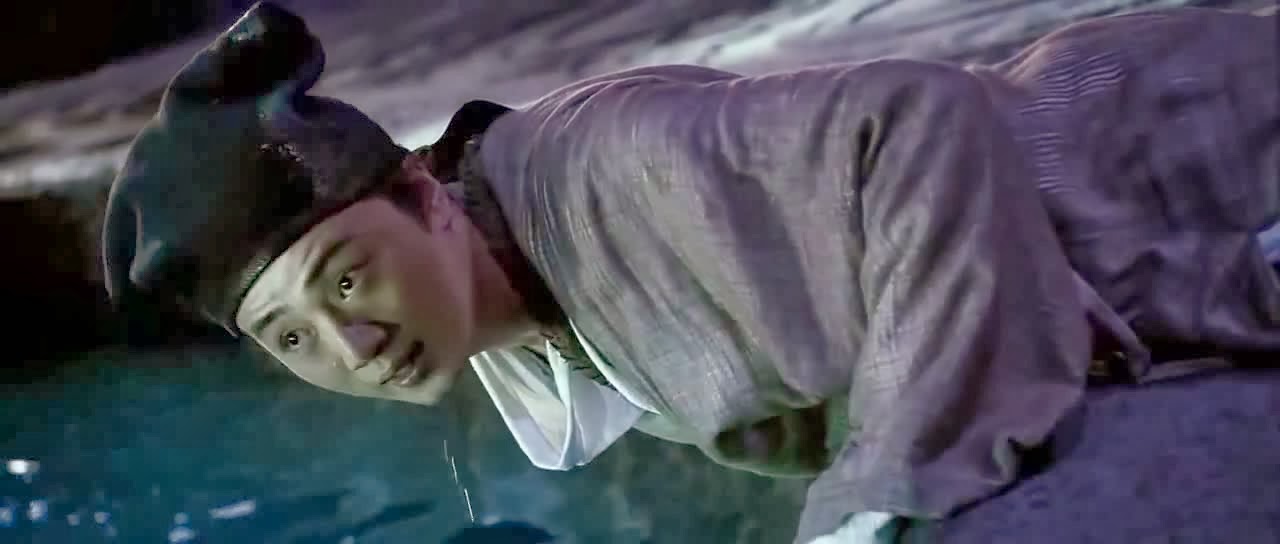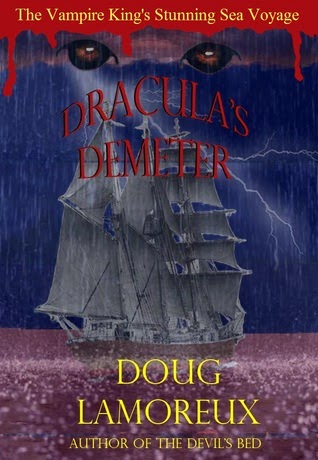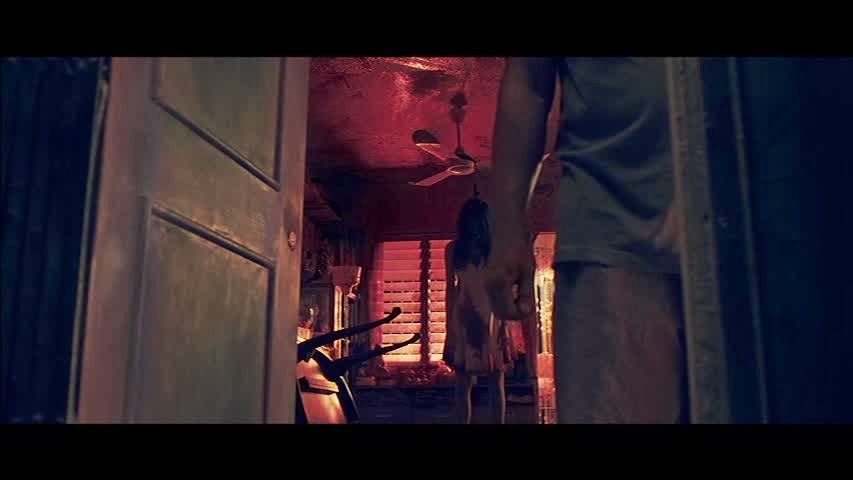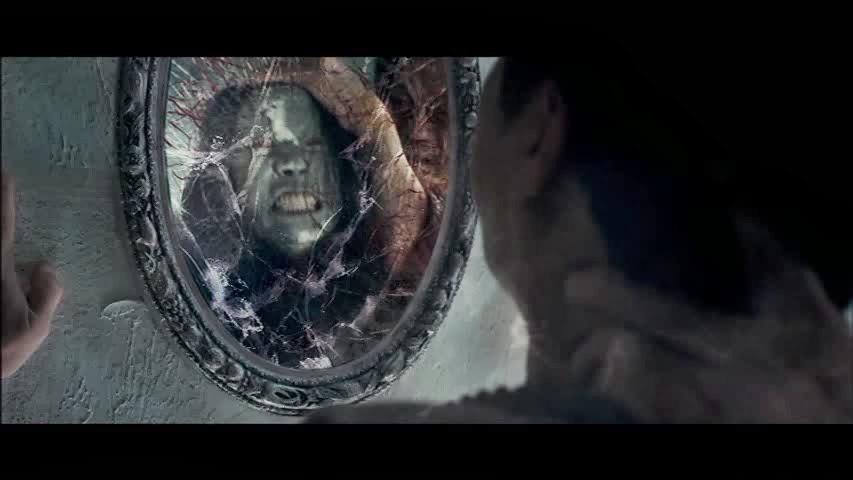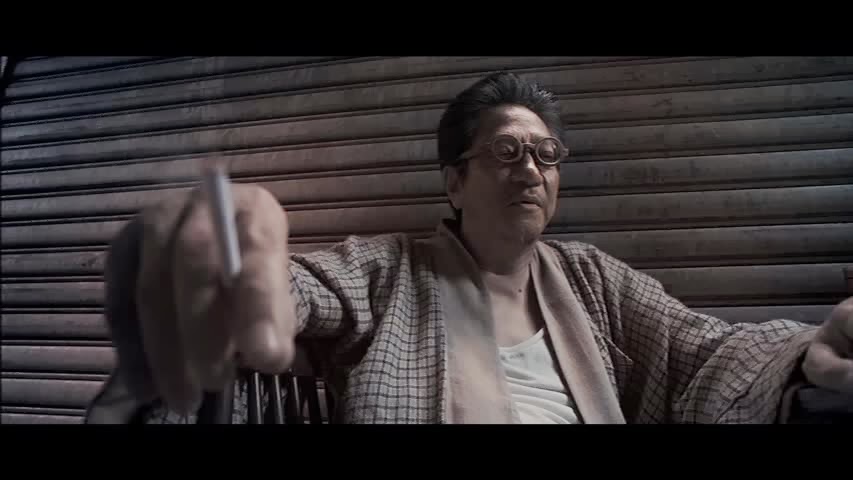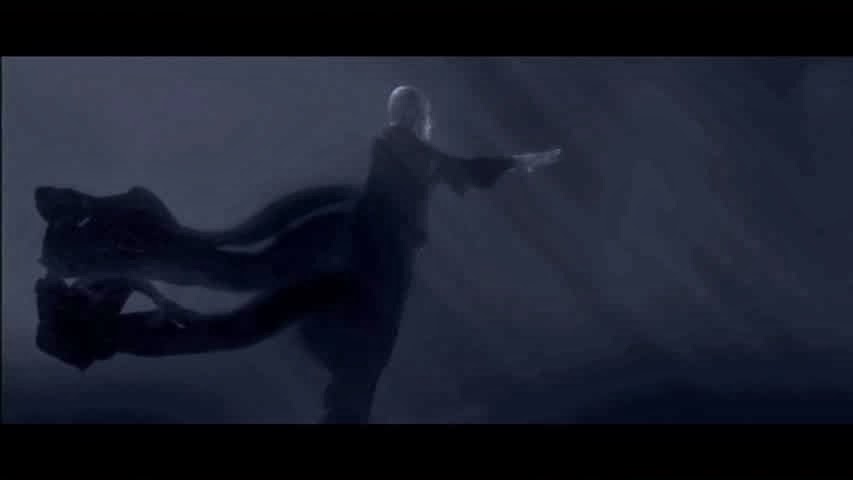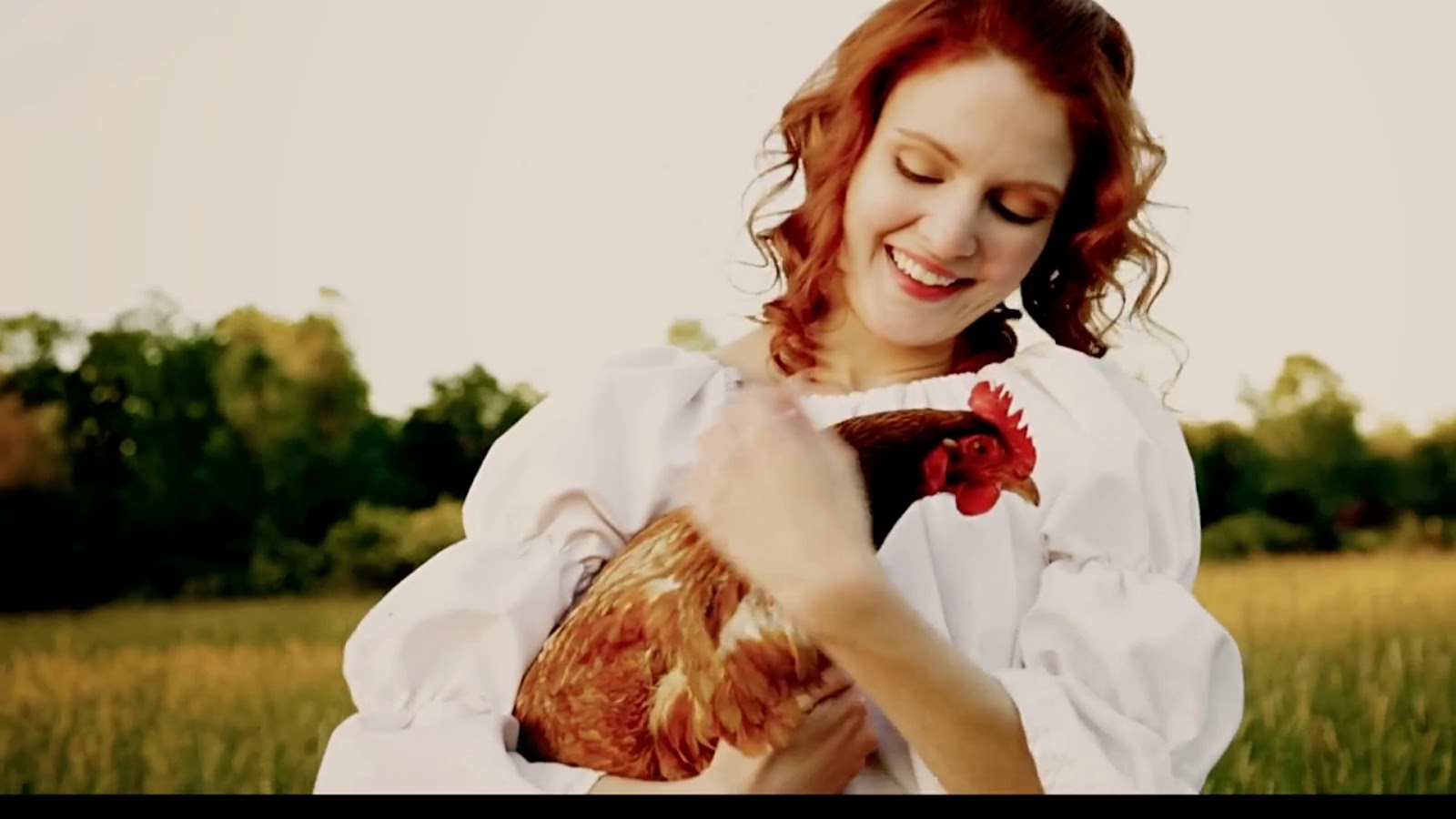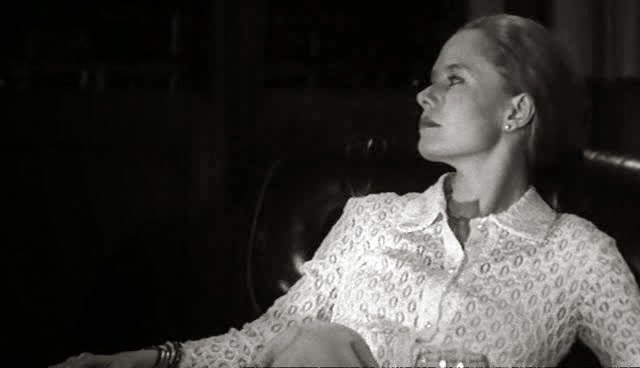Editor: Thomas J Garza
First published: 2009
Contains spoilers The Blurb: Eight hundred years before Bram Stoker gave us the West's most memorable vampire in
Dracula (1897) and long before the exploits of Vlad "the Impaler" Tepes horrified Europe (1431-46), the Russian Primary Chronicles write of a Novgorodian priest as Upyr' Likhij, or Wicked Vampire (1047). The Slavic and Balkan worlds abound in histories, legends, myths and literary portraits of the so-called undead, creatures which draw life out of the living in order to sustain their own. These stories of the vampire simultaneously fascinate and horrify, as they draw the reader closer to an understanding of death and the undead.
This unique volume brings together a wide variety of historical, critical, and literary texts that reveal and explore the origins, growth, and development of the vampire myth from its beginnings to the 21st century. These texts explore the vampire within the region of its origin in Western cultures: the lands of the Balkans, Eastern Europe and Russia. From the earliest recorded tales to the recent offerings of Russian vampires on film, this volume gives the reader a dynamic perspective on one the world's most enduring cultural phenomena, the vampire.
The Review: Normally I try to avoid comment on price when doing a review – content is more important, and I’d expect a higher price for an academic reference book. However I must mention that (at time of review) the new volume price for this book, on Amazon UK, has only just (for the first time) dipped below £100. On Amazon US it is still over $115.
Now, trusting I didn’t spend anywhere near that for my used copy, and despite the fact that it is a large tome, the contents of this would seem to be problematic given the price. Firstly it is made up of extracts from other works (all accredited) as well as having a section of literary offerings. There are extracts ranging from the great – for example Keyworth’s
Troublesome Corpses– to the not so great – I still have no love for Konstantinos’
Vampires: the Occult Truth. However extracts from books such as Dundes’
The Vampire a Casebook and just about anything by Perkowski were noticeable by their absence. Perhaps permission to reprint couldn’t be gained, however missing these when including some of the lower quality extracts seemed at best a mistake.
The first section contains several definitions of vampires. Pulling these together from a variety of sources was a great idea. It allows the student to see several variants. However it has absolutely no commentary and this is a problem. So, when we get mention of vampires taking the form of a monstrous bat, Garza does not inform the reader that the primary association of bats and vampires comes from the novel Dracula. Given this is a reference book I would have expected some commentary but the book contains no primary commentary on the extracts, hence suggesting that Garza is an editor rather than author at the head of the review (he does translate a couple of pieces).
Worst still is that the reference for each extract dates the extract to the publication Garza used. Thus, when we read the definition of vampire from Dudley Wright’s
Vampires and vampirism it offers the date of 2001 (the date the specific publication it was lifted from was reprinted) but the reader may be unaware that the original publication date is 1914. Looking at the date enables us to track changes in genre/folklore thoughts (to be absolutely fair
some of the literature, later in the volume, carries an original publication date at the end).
Worse comes with the referencing and footnotes from the extracts. Some have them intact, some don’t – and we know some should have footnotes because the footnote’s citation number is still in the text but the foot (or end) note is nowhere to be seen. At the best this was lazy and unhelpful.
There are sections on both Vlad Ţepeş and Erzsébet Báthory. In the introduction Garza admits that neither was Slavic but suggests that “
the geographic proximity of their dominions to the lands of the Slavs clearly had an effect on the development of the vampire myth in those neighbouring countries,” No evidence is offered for this by Garza, though he does suggest that both figures were given the “
moniker of ‘vampire’”. Certainly that never occurred until post-Stoker for Ţepeş. Then again, given the cover of the volume I shouldn’t have been surprised by this content. Anyway, the sections themselves carry little in the way of balanced extracts. Though I personally suspect Báthory was guilty (at least to a degree) of the crimes accused (though they were used by her enemies to their advantage) I would have liked to have seen a “she was innocent and framed” article as a balance. As for Ţepeş an extract from
Dracula: Sense and Nonsense or similar was sorely needed to offer a balanced viewpoint.
I was mystified as to why an essay on The Golem was included – again commentary would have explained Garza’s thinking, perhaps he expected readers would only be people with his lesson plan? I was also mystified as to why an extract from Blavatsky’s
Isis Unveiled was included, only to be followed by a Montague Summers’ extract that contained the very same extract!
I was rather excited about the literature section. Though I have read
the Night Watch (there is an extract from this),
Viy and
the Family of the Vourdalak there were others included that I had been unaware of and wanted to read. Positively I discovered Jan Neruda’s
The Vampire and Iván Turgénieff’s
Phantoms (even if I had to find the date of publication from other sources).
I was bemused at the inclusion of the extract from
Dracula and the full text of
the Vampyre: A Tale. Let us look at the title of the book again –
In Slavic Cultures – as important as these two works are, they are not from Slavic culture (though some of the lore used by Stoker is). Other inclusions that were actually from Slavic culture (primarily Russian, it has to be said) bemused me just as much. Karamzin’s
the Island of Bornholm is certainly gothic but may not even have a troublesome corpse, never mind a vampire (and is deliberate in its obfuscation). There were four Pushkin poems included – ish. I say ish because
The Bridegroom was included twice. A commentary explaining why the different translations were included would have been useful. More useful would have been an explanation why
The Bridegroom (x2) and
Evil Spirits were included as neither contains any hint of vampirism. At least Pushkin’s
the Drowned Man has a troublesome corpse in it, though whether it was a vampire in the strictest sense of the word is highly debatable.
Pelevin’s
A Werewolf Problem in Central Russia is fantastic – but has no vampire aspect (so why not an extract from his (currently untranslated) vampire novel
Empire V?) Indeed why not two extracts (the vampire parts obviously) from the
Probratim: A Slav Novel by Prof. P Jones (1895)? (If you are interested, my reference book,
The Media Vampire, covers this work pp136-144!) Indeed why not an extract or the full text of Milovan Glišić’s
Posle Devedeset Godina or
90 Years Later– unfortunately not available yet in English but based on pure Slavic vampire lore and the legend of Sava Savanović. The volume’s final section contained vampire lyrics in Russian popular music, which is fair enough if you want that sort of thing.
To be fair, the interesting sections were interesting, but the book has one more sin that needs to be recounted. It doesn’t have an index, so its academic use becomes further limited. In total honesty the book confounded my expectations as I expected a fresh reference work that explored the Slavic vampire rather than a regurgitation of other books, many of which I had. If you see it cheap you might want it, if you are in Garza’s classes then it expect it becomes much more useful but at full price it comes with a health warning.
5 out of 10.




















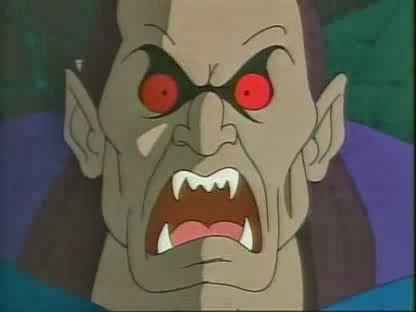






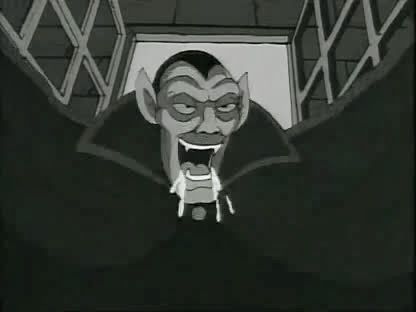

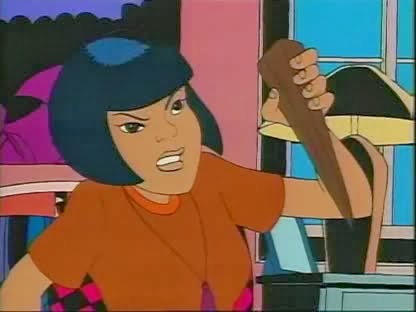







.jpg)

